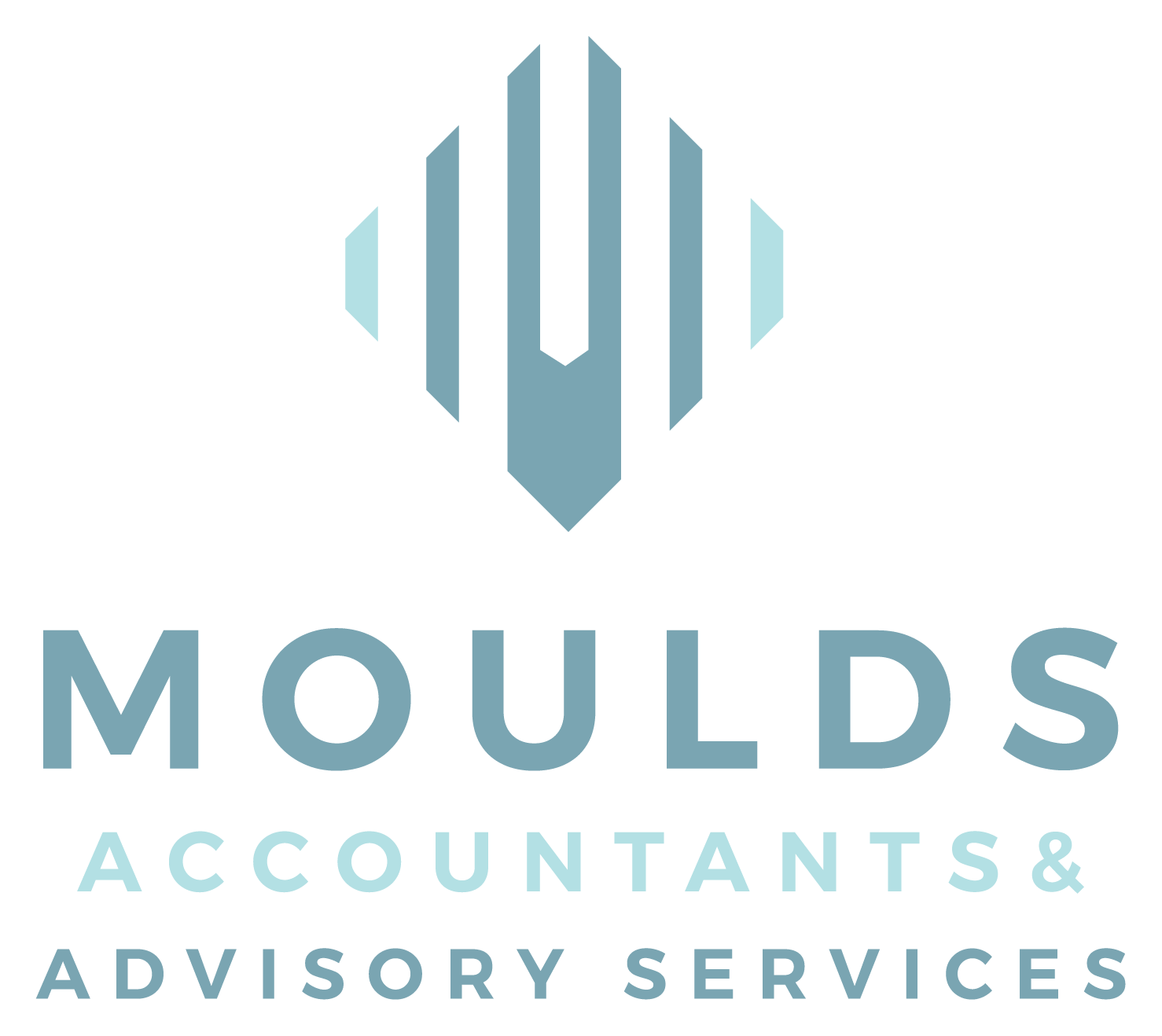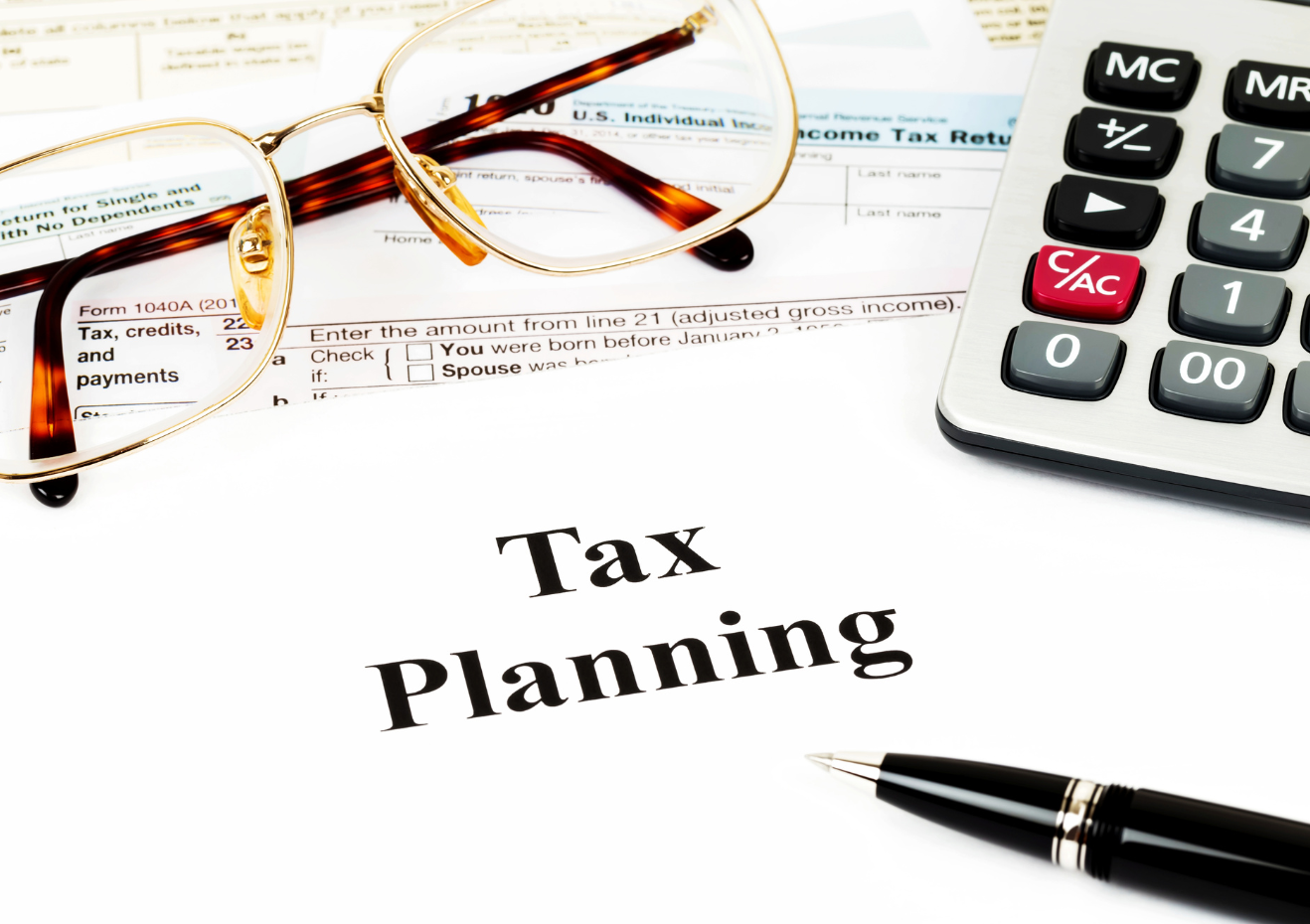Business Owners Planning Review 2022-23
Posted on 15th February 2023 at 13:44
With a winter of escalating prices, supply chain issues and economic uncertainty, we all need to increase the profits that are companies make. There are lots of ways of doing this, but there are two great ways that are time sensitive and need to be done before your year-end. Firstly, a business profits review and secondly a business profit review or tax planning.
Business profit review
A business profit review will ensure that you are using accurate figures to make decisions and can take action before your year-end to remedy any issues as well as assist with planning.
There are four steps to the review:
Review your accounts – are assets depreciated realistically, bad debts written off, have you written off slow-moving stock, have you correctly allocated and capitalised on equipment purchases, and review your invoicing.
Projections to year-end – use known factors for sales and current fixed costs, factor in any capital equipment spending, and prepare a cash flow forecast.
Consider the results – how does this change your position?
Action plan – draw up an action plan
Contact us if you would like us to help you to conduct a business profit review.
Business Tax Review 2022-23
Pre-year-end tax planning is essential in ensuring that you are not paying more tax than you should be by checking that you and your company are operating in the most tax-efficient way. It also allows you to estimate your potential tax liabilities and reserve funds to pay for them.
It is also worth considering if you are using the best VAT scheme for your business. If you use the standard scheme, one of the special VAT schemes may be better for you, especially if you are a small business. It is worth a discussion to see.
Advice for the self-employed and limited companies differ so we have split the advice out.
Self-Employed
With making two payments on account in January and July, it is worth calculating your trading figures and forecasting your tax payments in case your profits are significantly different. Your payments will be based on the previous tax year, so it will give you chance to save the additional tax due or request a reduction in payment on account.
You can defer claims for capital allowances if your projected profits are below the £12,570 threshold.
You may want to bring forward capital investments and claim additional capital allowances if you are likely to breach one of the tax thresholds and go into a higher rate of tax or lose a tax benefit.
Farmers can use an average of their profits over a five or two-year period to help combat significant variations in their profit levels.
The Annual Investment Allowance is still available and allows you to claim a write-off of 100% of expenditure up to £1 million on qualifying capital expenditure.
Any taxable reductions you make will also reduce your Class 4 National Insurance contributions.
It is also worth looking at the tax advice for individuals as well.
Limited Companies
From April 2023 there will be two rates of corporation tax. 1) For smaller companies with profits up to £50,000 who will continue to pay 19% tax. 2) Companies with profits over £50,000 will be subject to a 25% rate. Those with profits between £50,000 and £250,000 will be able to claim marginal relief.
Marginal rates reduction from April will reduce if a company has an associated business. Businesses can restructure prior to April 2023 to avoid unnecessary increases in corporation tax.
It is good practice to have plans in place for succession which should factor in any changes since the last review.
Shareholder dividends can be drawn tax-free up to £2,000 until April 2023. Is it possible to issue shares to adult children to provide them with a tax-free income?
Do you want to have more flexibility in the dividends paid to shareholders based on tax liabilities? You can do this by converting existing shares into different classes so they can be allocated different amounts.
Would it be beneficial to employ a spouse or child to provide taxable benefits?
Director’s loans – consider taking a dividend to clear the loan or repaying the loan within nine months of trading year-end to avoid an additional corporation tax charge at 33.75%.
It may be advisable for directors with semi-permanent deposits on loan to the company to charge interest as a basic rate taxpayer can receive £1,000 in interest tax-free and a higher rate taxpayer £500.
The tax on-costs of running a company car fleet and tax implications for employees may justify a change in strategy. For example, lending the employee the money to buy their own car and paying them tax-free business mileage to cover running costs.
If projected profits forecast a temporary dip or a loss in the short term, could the company’s accounting period be extended to embrace the loss and average down the taxable profits for the preceding period?
If projected profits are forecasting a downturn, how will this affect director/shareholders’ remuneration in the coming months; will there be sufficient retained profits to maintain regular dividend payments?
Be sure to consider the funding of corporation tax payments that will need to be made nine months and one day after the company’s accounting year-end date.
Companies can still claim the 130% super-deduction for purchases of qualifying assets purchased before 31 March 2023. For example, an asset costing £10,000 will create a tax deduction of £13,000. At 19% tax relief, this is a tax saving of £2,470, reducing the after-tax cost of the asset to £7,530.
For advice about business tax please contact us to discuss any queries and how we can assist you in tax planning for your business.
Share this post:

